Flat roofs are popular for commercial buildings due to low maintenance and cost savings, but they face challenges like weather damage, aging membranes, and leaks. Regular inspections and timely repairs by expert technicians are crucial. Replacing a flat roof offers long-term durability, warranties, and simplified maintenance compared to frequent repairs. Material options include affordable asphalt shingles, durable metal systems, and water-resistant rubber membranes. The replacement process involves thorough expert inspection, preparation, protective membrane installation, and compliance with building codes. Accurate budgeting and proper ongoing maintenance extend the lifespan of the new roof, ensuring a robust and reliable system for businesses while enhancing curb appeal and customer satisfaction.
“In the commercial real estate landscape, a business’s roof is more than just shelter—it’s an investment. Understanding flat roofs and their unique maintenance requirements is crucial for business owners. This article navigates the world of flat roof replacements, delving into common issues, repair vs. replacement benefits, material types, and cost considerations. By exploring real-world examples, you’ll gain insights to make informed decisions regarding your commercial property’s flat roof, ensuring a durable and reliable solution.”
Understanding Flat Roofs: The Basics for Business Owners

Flat roofs have become a popular choice for commercial buildings due to their low maintenance and cost-effectiveness. Understanding the basics of flat roof repair is essential for business owners to ensure the longevity of their structures. Unlike pitched or slanted roofs, flat roofs are designed with a slightly inclined surface to allow water drainage, preventing pooling and potential damage.
Regular inspections are key to identifying minor issues early on. Common problems include punctures from falling debris, cracks in the membrane, or deterioration due to exposure to harsh weather conditions. Prompt action on these issues can prevent more serious repairs and costly replacements later. Flat roof repair involves skilled technicians who assess the extent of damage, replace faulty materials, and ensure proper sealing to maintain the structure’s integrity.
Common Issues with Flat Roofs and When Repair is Necessary
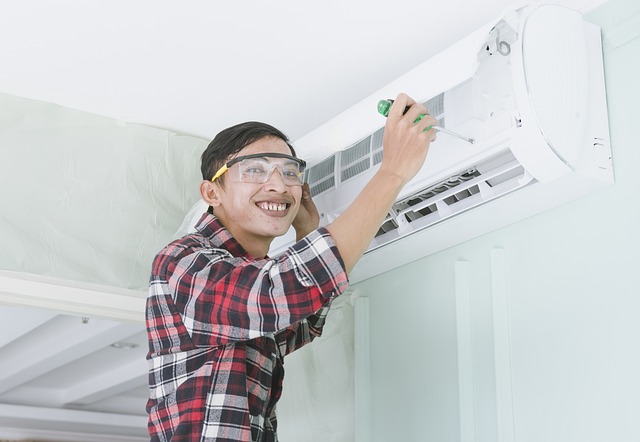
Flat roofs, while popular for commercial buildings due to their low-profile and cost-effectiveness, can present unique challenges. Over time, several common issues may arise that necessitate a flat roof repair. One of the primary concerns is damage caused by weather conditions, such as intense storms or prolonged exposure to harsh sunlight, leading to leaks and structural weakness. These elements can weaken the membranes and flashing that seal the roof, resulting in water intrusion and potential structural harm to the building below.
Another significant factor driving the need for flat roof repairs is aging. As with any structure, flat roofs have a lifespan, and their materials—from membranes to underlayments—degrade over time. Regular inspections are crucial to identifying signs of wear and tear, such as torn or broken materials, loose flashing, or deteriorated sealants. Addressing these issues promptly through expert flat roof repair services can prevent more severe damage, costly replacements, and potential business disruptions.
Benefits of Choosing a Flat Roof Replacement over Repair
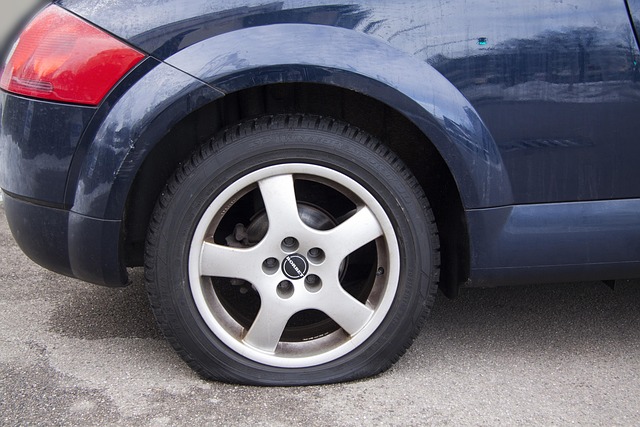
Choosing a flat roof replacement over repair offers several significant advantages for businesses. Firstly, it ensures long-term durability and reliability, eliminating the need for frequent repairs which can disrupt operations. Flat roof replacements come with warranties that promise extended protection against leaks, damage from harsh weather conditions, and structural issues, providing peace of mind for business owners.
Additionally, replacing a flat roof is often more cost-effective in the long run compared to continuous repairs. While initial installation costs may be higher, it prevents the accumulation of small repairs into substantial expenses over time. This approach also simplifies maintenance, as regular checks and upkeep are generally easier and less time-consuming than trying to pinpoint and fix persistent leakages or other issues that arise from old repairs.
Types of Flat Roof Materials: A Comprehensive Overview
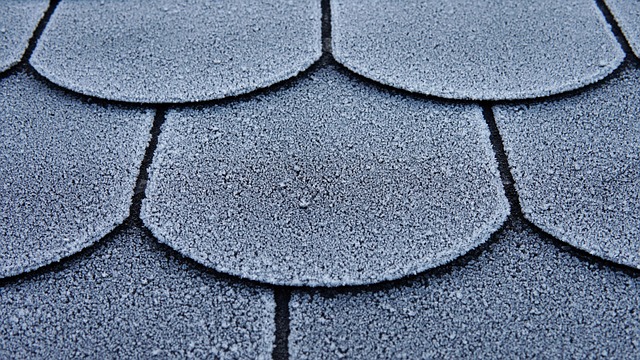
When considering a flat roof replacement, understanding the various material options is essential for businesses aiming to make informed decisions. Traditional choices include asphalt shingles, known for their affordability and ease of installation, making them suitable for smaller projects or budget-conscious owners. However, for larger commercial properties, other materials offer enhanced durability and longevity.
Among these are metal roofing systems, a popular alternative gaining traction in the flat roof repair landscape. Metal provides exceptional resistance to corrosion and fire, ensuring the structure’s integrity over time. Additionally, it offers a wide range of styles and colors, allowing businesses to enhance their building’s aesthetic appeal. Another durable option is rubber or EPDM (ethylene propylene diene monomer) membranes, which provide excellent water resistance and can last for several decades with proper maintenance. These materials are particularly suitable for low-slope roofs and offer cost-effectiveness while ensuring a robust and reliable repair solution.
The Step-by-Step Process of Flat Roof Replacement

Replacing a flat roof is a significant project for any business, but understanding the step-by-step process can help ease concerns. It begins with an expert inspection to identify issues and determine the scope of work. During this phase, professionals assess the current roofing system, taking note of damage, leaks, or structural weaknesses. This initial evaluation sets the foundation for the entire replacement process.
Once the assessment is complete, the next step involves preparing the surface. This may include removing the existing roof, patching any holes or cracks, and ensuring the deck is clean and free from debris. After preparation, a new membrane or topping is installed, providing a protective barrier against water penetration. Finally, a new coating or finish is applied, sealing the roof and offering enhanced durability. Throughout this process, experienced contractors ensure compliance with local building codes and safety standards, guaranteeing a robust and reliable replacement.
Cost Considerations: Budgeting for Your Commercial Flat Roof Project
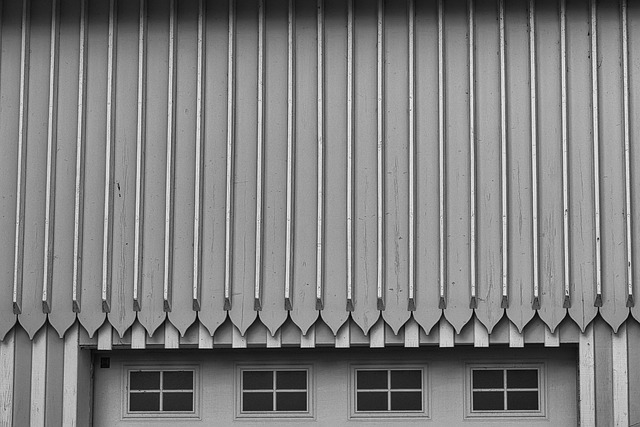
When considering a flat roof replacement for your business, budgeting is a critical step. The cost of a commercial flat roof project can vary greatly depending on several factors, including the size and age of your building, the type of roofing material chosen, labor rates in your area, and whether there are any complex structural considerations. It’s essential to secure accurate quotes from reputable contractors who specialize in flat roof repairs and replacements. They can provide valuable insights into potential hidden costs associated with the project, ensuring you allocate enough funds for a successful completion without unexpected financial surprises.
Proper budgeting also involves considering ongoing maintenance and longevity. Flat roofs require regular care to prevent leaks and prolong their lifespan. Allocate resources for routine inspections, repairs, and eventual replacements of components like membranes or flashings. By factoring these expenses into your initial budget, you set the stage for a seamless transition, ensuring your business remains protected under a robust and reliable roof system.
Expert Tips for Maintaining Your New Flat Roof
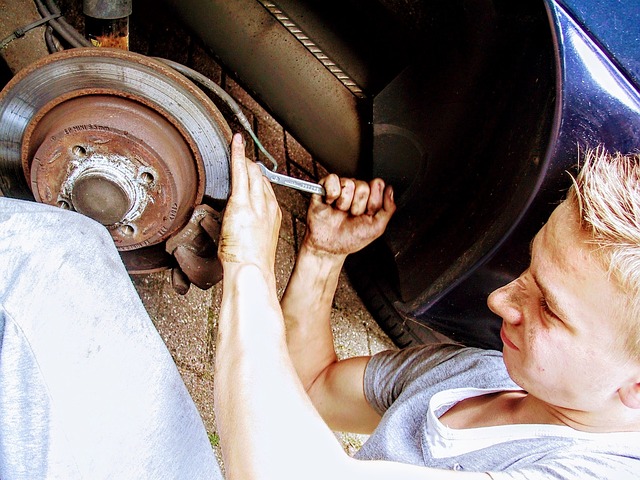
After installing a new flat roof, proper maintenance is key to ensure its longevity and protect your business from costly repairs. Regular inspections are essential; look for any signs of damage, leaks, or loose materials. Addressing issues promptly prevents further complications. Consider setting up a bi-annual check-up with a roofing expert who can provide professional advice tailored to your flat roof’s specific needs.
Additionally, maintaining good ventilation and drainage systems is vital. Ensure these components are in optimal condition to regulate temperature and prevent water buildup, which could lead to serious damage over time. Regular cleaning of debris and regular checks on the overall integrity of the roof will go a long way in ensuring your flat roof remains in excellent shape, saving you from unexpected flat roof repair expenses.
Real-World Examples: Successful Flat Roof Replacements in the Business Sector

In the business sector, a well-maintained exterior is crucial for attracting customers and fostering a professional image. Flat roof replacements have emerged as a game-changer in this regard, offering both aesthetic and functional benefits. For instance, consider a mid-sized retail store that had been struggling with persistent leaks caused by an aging flat roof. After opting for a complete replacement, the business witnessed not only a dramatic halt to its structural damage but also a significant boost in customer satisfaction. The new, sleek, and water-tight roof became a point of pride, enhancing the overall curb appeal of the store.
This success story is not unique. Many businesses across various industries—from warehouses to office buildings—have similarly experienced transformative outcomes through flat roof repairs and replacements. These real-world examples highlight the economic and reputational advantages that a robust, modern roof can bring. By investing in high-quality materials and expert installation, business owners can ensure their properties are protected against the elements while projecting an image of reliability and forward-thinking.
